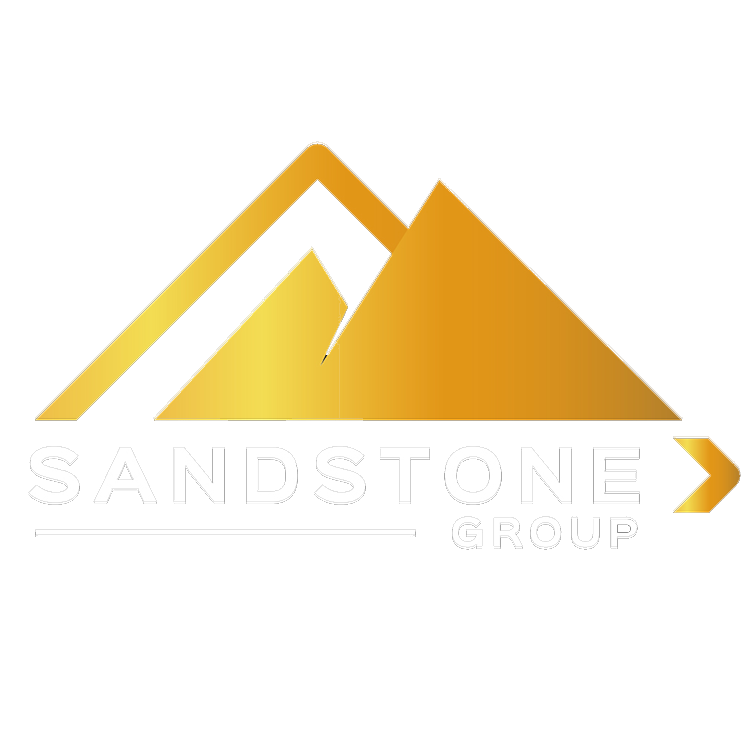 [[{“value”:”
[[{“value”:”
Some heavy-hitters were on stage for the final session of this year’s Geneva Dry summit, the iron ore panel moderated by Tim Huxley, the CEO of Mandarin Shipping, who kicked proceedings off by asking panellists if there had ever been a more difficult time to form a market view.
“We’re always swimming in uncertainty in the capesize market,” replied John Michael Radziwill, the chairman of CTM.
The panel went on to discuss how China was moving away from low Fe grade iron ore at home and Australia, with a lot of emphasis being placed on the Simandou iron ore mine that is due to start exports from Guinea towards the end of this year.
Whatever you sell now, you can’t replace
“In the next five to 10 years, China will basically reduce their internal production and concentrate on higher grades,” explained Pierre Morel, vice president of market intelligence and data modelling at AXSMarine.
“The Chinese have already said that they want to decarbonise and especially the steel industry so they are substituting for better iron ore and better Fe,” said Milena Pappas, commercial director at Star Bulk and head of Oceanbulk Maritime.
Turning to the supply side, moderator Huxley noted the “manageable” newbuilding supply with all the ships ordered in the pre-financial crisis years now hitting their third special survey.
“Are we going to see a supply crunch, and is there going to be a rush of new orders?” he asked.
To Huxley’s point about the swathe of 15-year-old capes, CTM’s Radziwill pointed out that in 2025 there will be about 13,000 days of cape drydockings for this age bracket, which equates to around 33 capes, while there are 36 cape newbuilds due to enter the market.
“You could even see a shortage, a shrinking of the fleet without scrapping, which I think is very encouraging,” Radziwill said.
The capesize market has a total orderbook of 8%, according to Pappas who focused on the waiting time owners will face if they want to order a ship today.
With available yard delivery slots in 2028, owners face markets, regulation and fuel uncertainty as well as very high newbuild prices – all deterrents to order, Pappas argued, a point of view picked up by Lars-Christian Svensen, the CEO of 2020 Bulkers and Himalaya Shipping, who was grateful for container liners hogging so much of the newbuilding limelight this decade.
“The fact of the matter is that there are 50% less shipyards available to build [capesizes] now than it was 10 to 15 years ago,” Svensen said.
Turning to secondhand prices, Radziwill, who confided he is more of a buyer of capes than a seller at the moment, he still maintained that values will hold.
“Whatever you sell now, you can’t replace,” Pappas pointed out, reminding delegates that earliest, pricey delivery slots from yards are three years out, with the panel digesting recent news of a 20-year-old cape changing hands for a “historically high” $22m.
With supply tight, AXS’s Morel suggested that if cape rates spike, then ships will inevitably speed up, killing off the green argument for slow steaming.
“So manage greed, not consumption,” quipped Huxley with Radziwill, a champion of slow steaming for years, then urging the International Maritime Organization to enforce speed limits.
Geneva Dry, the world’s premier commodities shipping conference, returns on April 28 and 29 next year, with delegate passes being limited. Tickets are now on sale here.

The post How iron ore seaborne trading patterns are changing appeared first on Energy News Beat.
“}]]
